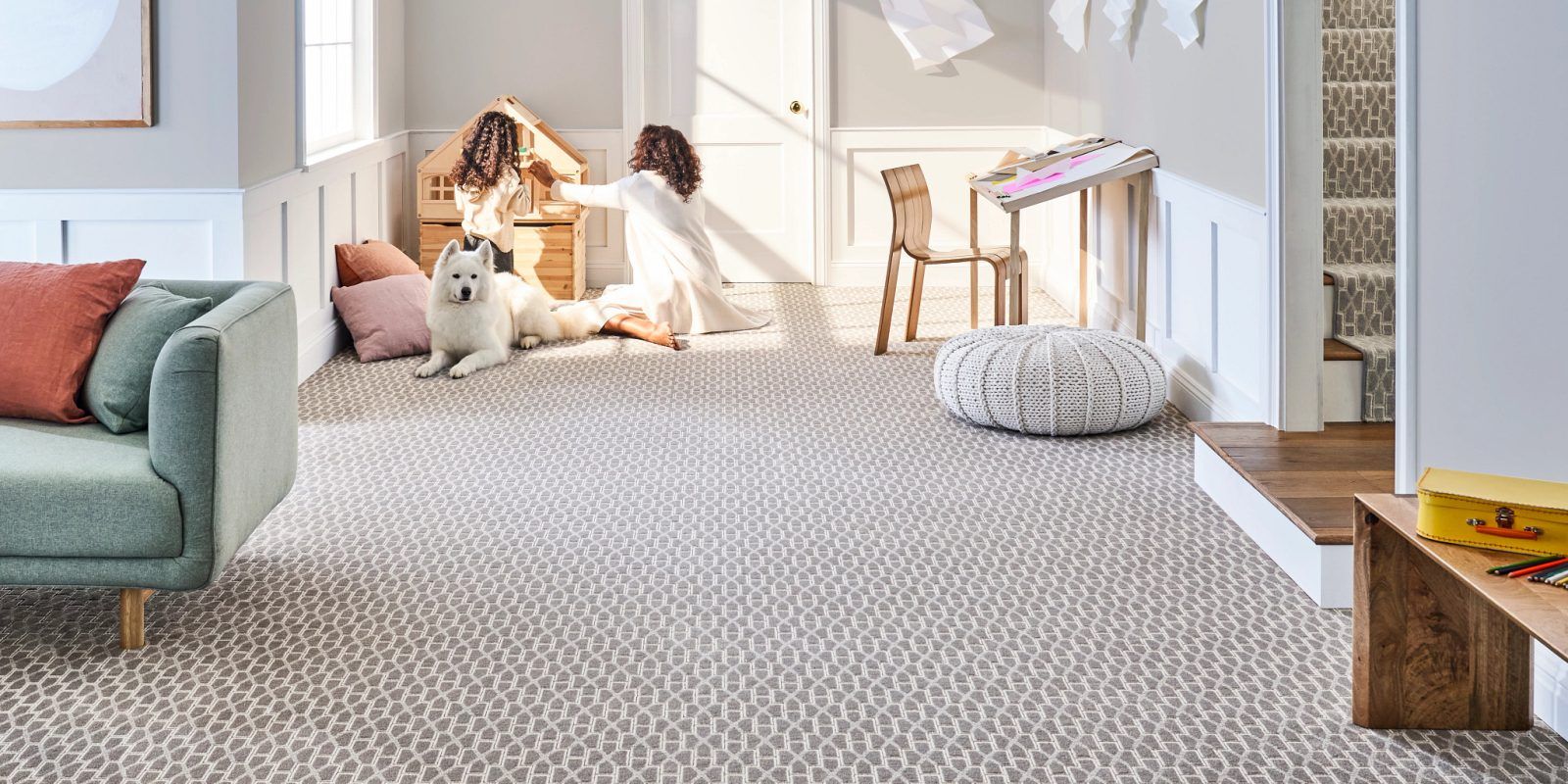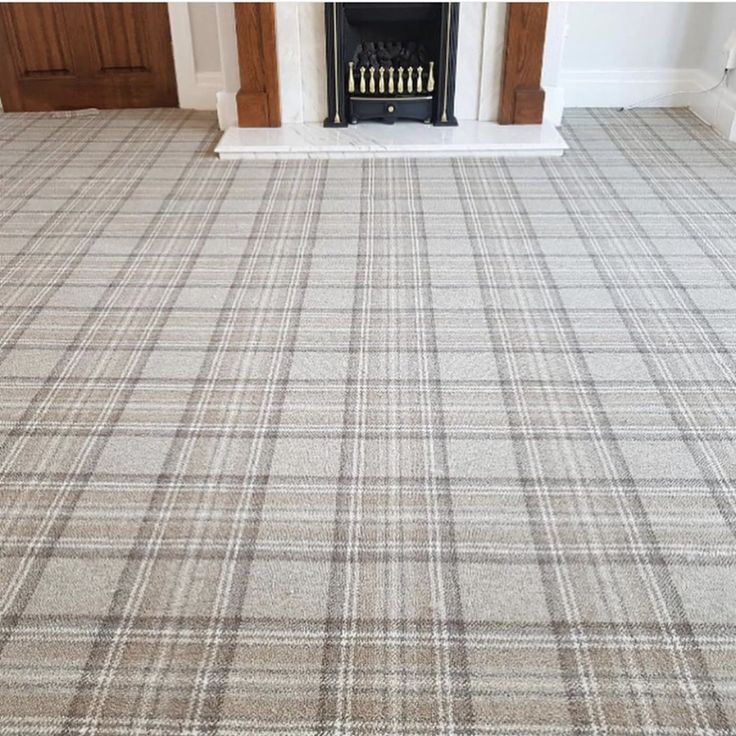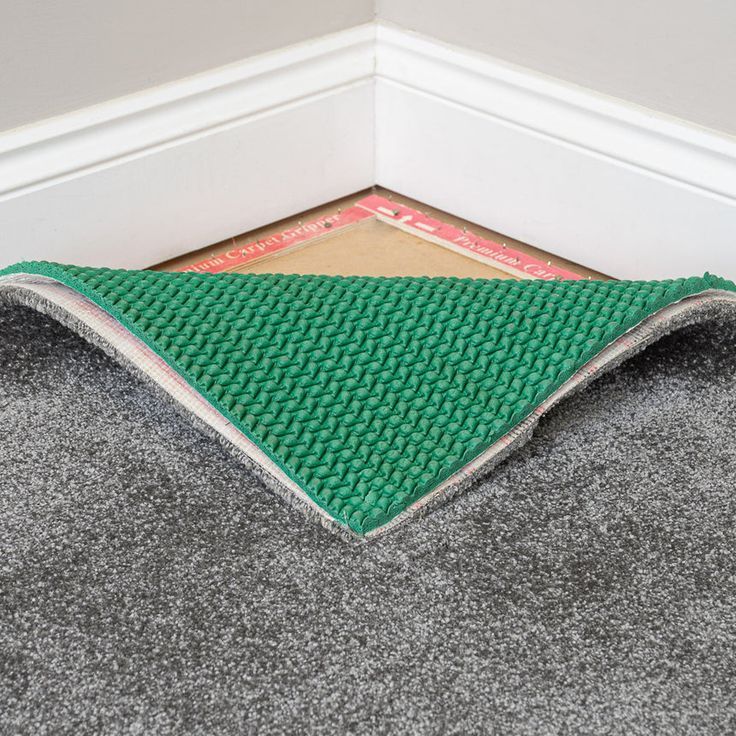Floor Stain Removal
Spills and marks happen in every home, but they don't have to become permanent eyesores.
We offer specialized stain removal services that can restore your floors to their original beauty, saving you the cost and hassle of replacement. Our skilled technicians use state-of-the-art equipment and proven techniques to tackle even the toughest stains on hardwood, tile, laminate, and other flooring materials.
We take pride in our meticulous approach to floor care. Since opening our doors in Phoenix, AZ, we've helped countless homeowners and businesses deal with everything from pet accidents to wine spills and rust marks. Our team is ready to assess your specific stain issue and recommend the most effective treatment plan..
Floor Stain Removal Process
Our comprehensive process ensures thorough cleaning while protecting your flooring investment.

1. Assessment and Pre-Treatment
We begin by examining the type of flooring and the nature of the stain. Different stains require different approaches, whether it's a water mark, pet accident, or wine spill. Our technicians identify the stain composition to determine the best removal strategy.
2. Advanced Stain Removal
We utilize specialized equipment and eco-friendly cleaning solutions tailored to your specific flooring type. For hardwood floors, we employ gentle yet effective cleaners that won't damage the finish.
3. Post-Treatment Care
After stain removal, we apply appropriate protective treatments to guard against future staining. For hardwood floors, this may include a specialized sealant that preserves the wood's natural beauty.
4. Caring for Your Floors Post-Service
After our team at Phoenix Flooring Company completes your floor stain removal service, proper maintenance will help preserve your floors' renewed beauty. We recommend following these simple steps to maintain your floors' appearance.
Floor Types and Stain Removal
At Phoenix Flooring Company, we're experts in treating stains on various flooring materials to restore their appearance.
Hardwood Floor Stain Removal
Hardwood floors are beautiful but vulnerable to stains from water damage, pet accidents, and spilled food or drinks. Our multi-step sanding process effectively removes old finish, scratches, and stubborn stains that have penetrated the wood.
For surface-level stains, we use specialized cleaners that won't damage the wood's finish. Deeper stains may require more intensive treatment including:
- Light sanding of the affected area
- Application of wood-specific stain removers
- Spot refinishing to match the surrounding floor
Water stains typically appear as dark or white marks and require different approaches depending on whether they've reached the finish or the wood itself. Oil-based stains often need special solvents that break down the oil without harming the wood.
Carpet Stain Removal
Carpets trap dirt and absorb spills easily, making them prone to various types of staining. We use professional-grade equipment and solutions to tackle everything from red wine to pet accidents.
Different carpet fibers require different approaches. Wool carpets need gentle cleaning agents, while synthetic fibers can withstand stronger treatments. For stubborn stains, we sometimes apply enzyme-based cleaners that break down organic materials.
We also offer carpet stretching and re-tacking services to address any physical damage that may have occurred due to stain removal.
Tile and Grout Stain Removal
Tile floors are generally stain-resistant, but the grout between tiles is porous and easily discolored. Our specialized cleaning equipment can restore both tile surfaces and grout lines to their original appearance.
For tile surfaces, we use pH-balanced cleaners that remove stains without etching or damaging the tile material. Grout requires more intensive treatment:
- Deep cleaning with professional-grade solutions
- Steam cleaning for stubborn discoloration
- Sealing after cleaning to prevent future staining
Bathroom tile often develops soap scum and mildew stains, while kitchen floors typically show food and grease stains. We adjust our cleaning approach accordingly with targeted solutions for each type of stain.
Common Types of Floor Stains
Water stains appear as white or dark marks on hardwood floors when moisture penetrates the finish. They often result from spills, leaks, or excessive humidity.
Pet stains contain acids and enzymes that can discolor wood and leave unpleasant odors. These stains may penetrate deep into the wood grain, making them particularly challenging to remove.
Food and beverage stains vary widely in severity. Coffee, wine, and tomato sauce contain tannins or dyes that bond with wood fibers. Oil-based food stains create dark spots that can attract dirt over time.
Chemical stains from household cleaners, nail polish, or paint may strip finishes or react with wood components. These often require professional treatment as they can permanently alter wood composition.

The Science of Stain Removal
Stain removal works by breaking molecular bonds between the staining substance and wood fibers. Different stains require specific approaches based on their chemical composition.
Water-based stains typically respond to gentle drying and light sanding methods. We use specialized moisture meters to assess damage depth before treatment.
Oil-based stains require solvents that can dissolve and lift the oil without damaging the wood underneath. This often involves carefully applied cleaning agents followed by neutralizing treatments.
Enzymatic cleaners break down protein-based stains from pets or food by targeting specific molecular structures. For stubborn stains, we may use oxidizing agents that chemically alter the stain's appearance.

Prevention vs. Intervention
Regular maintenance creates a strong defense against stains. Apply quality sealants every 3-5 years to maintain a protective barrier against spills and moisture.
Immediate action prevents stains from setting. Blot spills promptly with a clean, dry cloth rather than rubbing, which can push substances deeper into wood grain.
Place protective mats in high-risk areas such as entryways, under sinks, and near dining tables. Use furniture pads to prevent scratches that can compromise floor finishes.
Professional cleaning twice yearly removes substances that might eventually cause staining. At Phoenix Flooring Company, we use pH-balanced cleaners specifically formulated for hardwood that won't strip protective finishes or leave residue that attracts dirt.

FAQs on Floor Stain Removal
Phoenix Flooring Company aims to provide top-quality carpeting and meet customer needs. We offer trendy options and custom solutions to suit different preferences.
Are there any maintenance tips after having my floors stained by a professional service?
Wait at least 48 hours before replacing furniture on newly stained floors. Use felt pads under all furniture legs to prevent scratches and dents.
Clean regularly with a soft microfiber mop and floor cleaner specifically designed for your floor type. Avoid all-purpose cleaners which often contain harsh chemicals that damage finishes.
Establish a no-shoes policy in your home to prevent dirt and debris from scratching the new finish. Place mats at entrances to catch remaining particles.
What are the potential risks of DIY floor stain removal compared to hiring a professional company?
DIY stain removal often leads to finish damage through overly aggressive scrubbing or inappropriate cleaning agents. Professionals understand which chemicals work safely with each floor type.
Homeowners unintentionally spread stains by using too much water or improper cleaning motions. Our technicians use controlled application methods that contain and lift stains efficiently.
Without professional equipment, DIY efforts may only remove surface staining while leaving deeper contamination. This can lead to stain reappearance and potentially worse damage over time.
What products should be avoided when caring for freshly stained floors?
Ammonia-based cleaners should never be used on stained floors. They break down finishes and can permanently damage or discolor the stain.
Avoid steam mops completely. The intense heat can penetrate protective layers, causing warping, bubbling or clouding in the finish.
Oil soaps might seem natural and safe, but they leave residue that builds up over time. This makes floors slippery and can interfere with refinishing efforts in the future.
